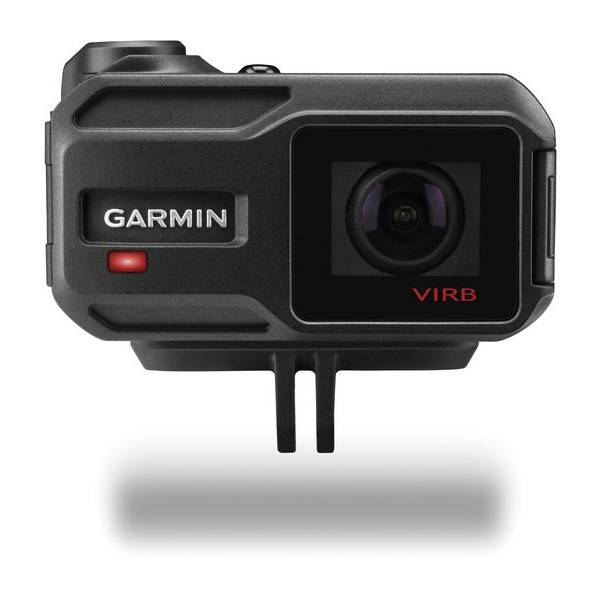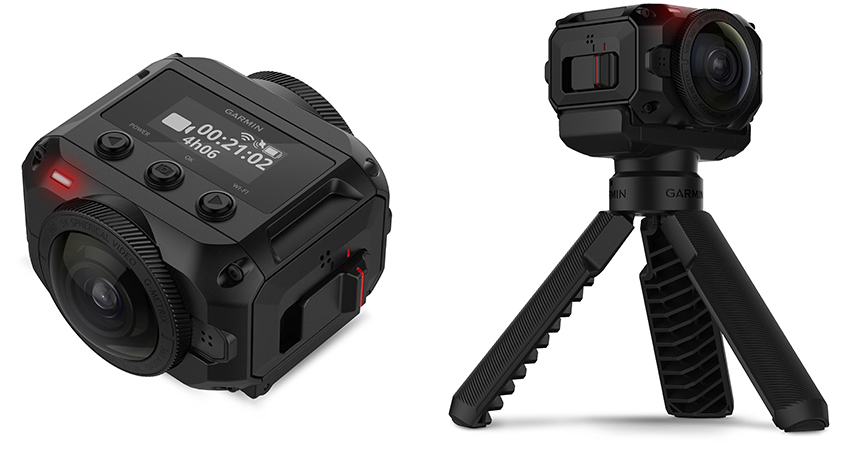

- #Garmin virb edit software manual how to#
- #Garmin virb edit software manual manual#
- #Garmin virb edit software manual professional#
Here I used the flat output type in FFmpeg and did the same flipping, panning and tilting as above. Gnomonic projectionĪn alternative projection is called gnomonic in fancy terminology and “flat” in more plain language. But I wanted to explore if other projections may work better.

This video already looks quite good and could be used for analysis (for example, in one of the versions of Musical Gestures Toolbox). This gives us a nicely cropped video of the musicians: Since the analysis will be focused on the musicians, I have also cropped the image using the general crop filter (note that you can add multiple filters with a comma in FFmpeg if you try to add another filter, only the last one will be used): ffmpeg -i input.mp4 -vf "v360=input=e:output=e:yaw=100:pitch=-50:v_flip=1:h_flip=1, crop=1700:1000:1000:550" output_crop.mp4
#Garmin virb edit software manual manual#
It took me some manual testing to figure out the correct numbers here. So I also had to turn the whole image horizontally using yaw and move the entire image down a bit using pitch. In the original image, the cellist was on the edge. The rotation was done using both the v_flip and h_flip commands, which rotate around both the horizontal and vertical axes. First, I use the v360 filter with equirectangular (shortened to e) as both the input and output of the filter. There are some tricks I had to figure out to make this work. This is the one-liner I ended up with to create the image above: ffmpeg -i input.mp4 -vf "v360=input=e:output=e:yaw=100:pitch=-50:v_flip=1:h_flip=1" output.mp4

#Garmin virb edit software manual how to#
So it took me quite some time to figure out how to make the adjustments. The different functions of the v360 filter in FFmpeg are documented but not explained very well. The first thing to make it more useful is to flip the video around and place the musicians in the centre of the image. The starting point was the equirectangular projection coming out of the Garmin VIRB. Along the way, I learned more about different image projections types that I will outline in the following. Since working on the Ricoh files last year, I have learned that FFmpeg’s new 360 filter is part of the regular release. In any case, I look for an option that allows me to batch process a bunch of videos (yes, we have hours of recordings, and they are split up into different files). It could also be done in video editing software, although I haven’t explored that. The Garmin app can do it, but I already have all the files on a computer. Most 360-degree cameras come with software for adjusting the image.

So it is necessary to do some pre-processing before analysing the files. The panning and tilting of the camera are also slightly off concerning the placement of the musicians. First, the recording is upside down since the camera was hanging upside down from a chandelier above the musicians. There are some obvious problems with this recording. Here is a screenshot from the original recording: Unlike Ricoh Theta’s stereo-spherical videos, the Garmin stores the recording with an equirectangular projection. The Garmin VIRB camera records a 360-degree video using two 180-degree lenses. Those recordings are what I will explore in this post. In addition, we have one recording from a Garmin VIRB 360 camera hanging in the chandelier close to the musicians.
#Garmin virb edit software manual professional#
When it comes to video, we have many different recordings, ranging from small GoPro cameras hanging around the space to professional streaming cameras operated by a camera crew. The plan is to make it all available on OSF. We have data and media from motion capture, eye tracking, physiological sensing, audio, video, and more. A team of RITMO researchers went to Copenhagen and captured the quartet in both rehearsal and performance. The starting point was a bunch of recordings from our recent MusicLab Copenhagen featuring the amazing Danish String Quartet. Now, I have spent some time exploring how to process some recordings from a Garmin VIRB camera. I have previously written about how it is possible to “flatten” a Ricoh Theta+ recording using FFmpeg.


 0 kommentar(er)
0 kommentar(er)
